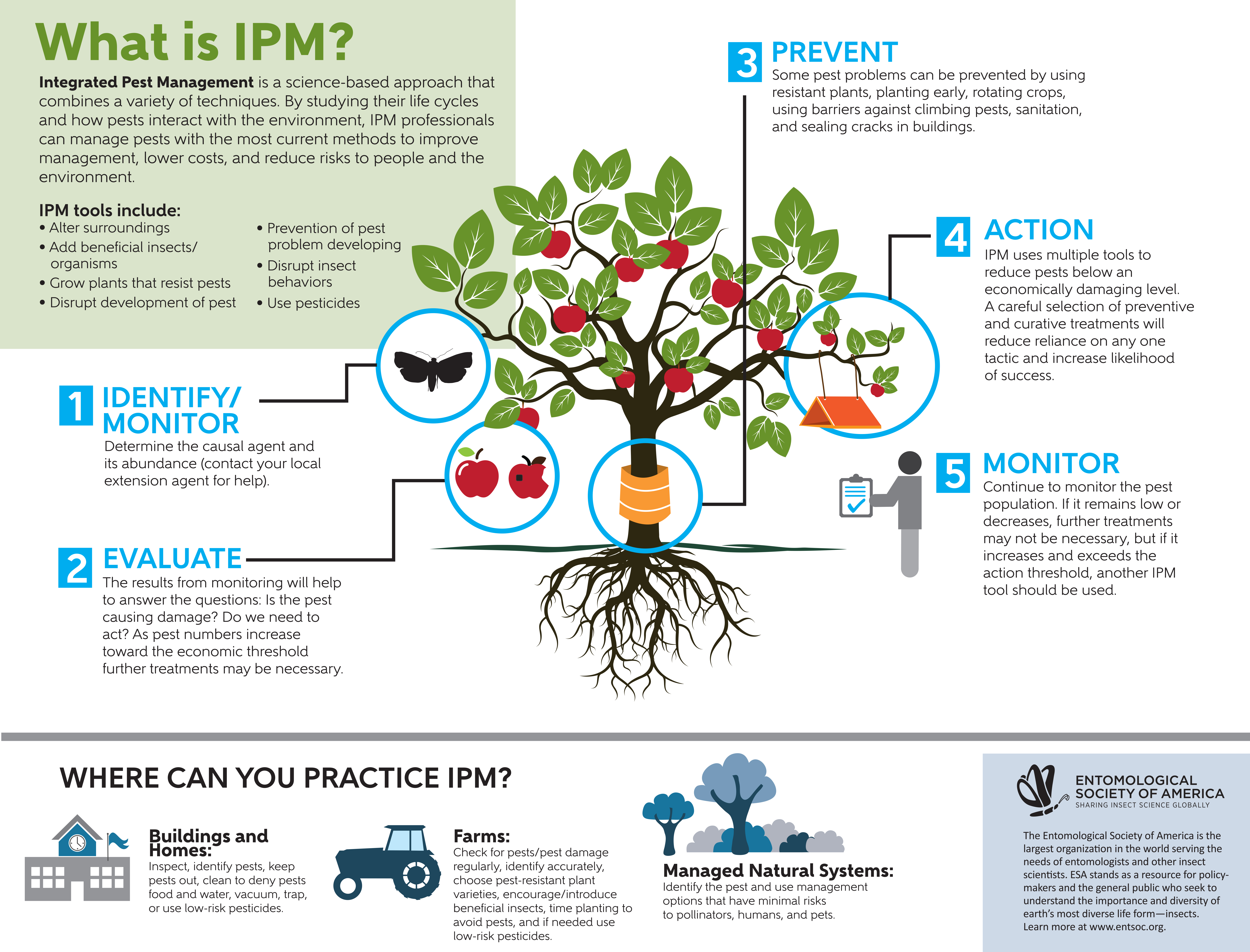An Introducing Method On The Reducing Edge Of Bug Control Advancements Is Positioned To Transform The Way Pest Control Techniques Are Applied, Prolonging Past The Current Perspective
An Introducing Method On The Reducing Edge Of Bug Control Advancements Is Positioned To Transform The Way Pest Control Techniques Are Applied, Prolonging Past The Current Perspective
Blog Article
Write-Up By-Chan Summers
As you browse the world of insect control advancements, you'll locate a landscape changed by innovative innovations and methods. From innovative surveillance systems that supply real-time understandings right into bug actions to environment-friendly therapies that prioritize sustainability, the area is developing rapidly. Yet what exists beyond these growths? What new frontiers are being explored to resolve pest obstacles better? The solution might surprise you.
Advanced Monitoring Equipments
When keeping an eye on insects, employing advanced systems can dramatically boost performance. By making use of sophisticated technologies such as automated sensors and remote tracking tools, you can collect real-time information on bug task degrees and patterns. These systems can help you pinpoint trouble locations much more precisely, allowing for targeted treatment methods that are both reliable and resource-efficient.
One vital advantage of advanced surveillance systems is their capacity to offer very early detection of parasite infestations. By promptly identifying signs of bug visibility, you can take swift action to stop the issue from rising, saving you time and money in the future. In addition, these systems can use insights into the root causes of insect troubles, enabling you to attend to underlying problems and execute aggressive steps to lower the risk of future invasions.
Incorporating innovative surveillance systems into your insect control practices can improve your operations and enhance general performance. With https://india.mongabay.com/2022/08/sri-lanka-fuel-shortage-takes-a-toll-on-wildlife-treatment-conservation/ -time data and targeted services at hand, you can stay ahead of bug problems and keep a pest-free atmosphere with higher convenience.
Eco-Friendly Treatments
Using green treatments in pest control practices can considerably reduce environmental effect while properly handling pest populations. These therapies focus on natural solutions over rough chemicals, making them more secure for both the atmosphere and the individuals exposed to them. Green parasite control techniques usually include utilizing botanical oils, microbial pesticides, pheromones, or traps to target specific insects without hurting useful insects or pets in the ecological community.
One popular environmentally friendly therapy is diatomaceous planet, a natural powder that properly manages parasites like ants, roaches, and bed bugs by dehydrating them. One more eco-friendly choice is neem oil, originated from the neem tree, which functions as a natural bug spray and interferes with the development and reproduction of pests. These therapies not only supply effective bug control however also add to sustainable bug administration by reducing the negative effect on the environment.
Lasting Bug Administration
To achieve sustainable insect management, prioritize practices that decrease environmental injury while properly managing insect populations. Implementing incorporated parasite administration (IPM) methods is key to achieving this equilibrium.
Beginning by assessing the parasite problem and recognizing the bug types present. Use click the up coming document -chemical control methods such as securing entrance factors, eliminating food and water resources, and preserving correct hygiene. When chemical therapies are required, select low-toxicity pesticides and apply them with precision to decrease off-target results.
Motivate natural pest killers like ladybugs, lacewings, or birds to aid manage pest populaces. Utilize pheromone traps or insect growth regulators to interfere with breeding cycles and reduce pest numbers. Regularly keep track of insect activity to catch problems early and avoid them from spreading. Applying social methods like plant rotation and choosing pest-resistant plant varieties can likewise help in reducing the need for chemical treatments.
Final thought
As you navigate via the ever-evolving landscape of bug control technologies, keep in mind that each improvement is like a sign of light assisting you in the direction of a greener, more sustainable future. Accept the power of modern technology and environment-friendly therapies to secure your home and the environment.
Let the harmony between nature and scientific research motivate you to dominate any insect difficulty with self-confidence and grace. Keep progressing, armed with the most recent innovations and techniques in your collection.
